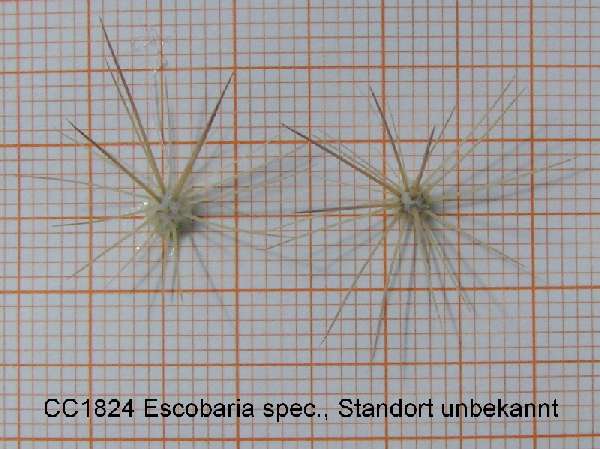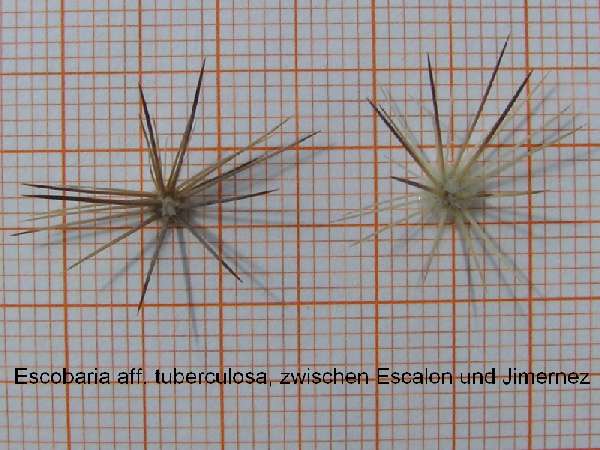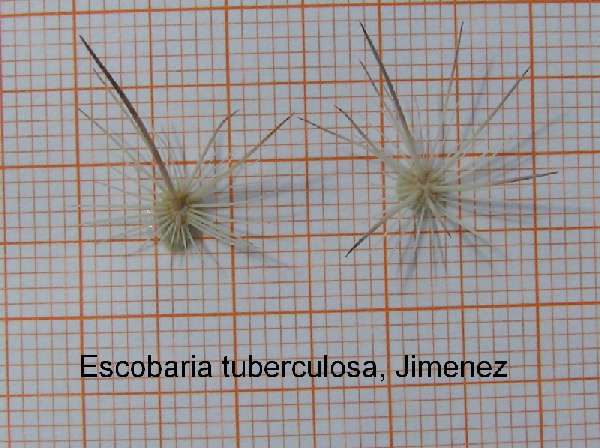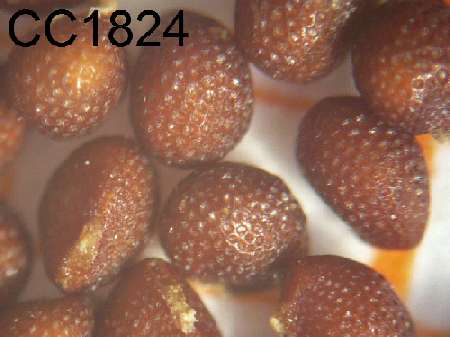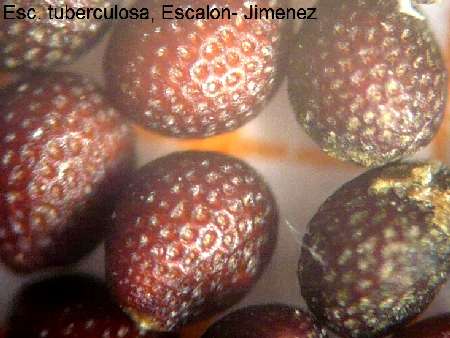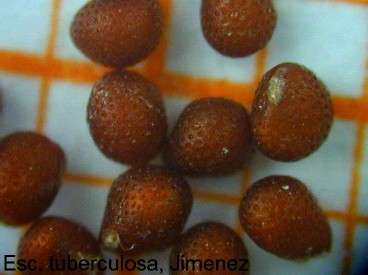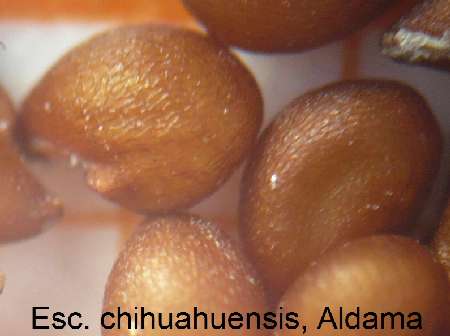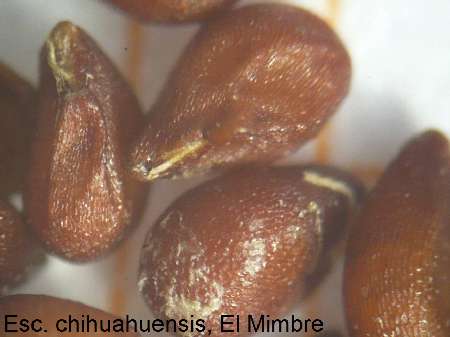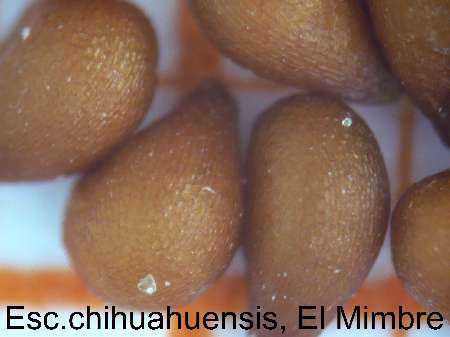Discussions
Is CC1824 really a Escobaria chihuahuensis subsp. chihuahuensis ?
by Hans Havel (A)
Contributions to this topic send please to the following e-mail address escobaria@atlas.cz .
January 12, 2008
Chris Davies - e-mail: woodedge1@btinternet.com
Hi Hans,
I have looked at your discussion with great interest. I think that the key fact that really does distinguish
CC1824 from Esc. chihuahuensis ssp. chihuahuensis is the seed shape. It is so similar to the
seeds of Esc. tuberculosa, as they are pitted and not anywhere near as smooth as those of Esc.
chihuahuensis.
I think you have done a good piece of detective work! Well done.
Chris
November 7, 2007
Hans Havel - e-mail: hahavel@aon.at
Under the Name CC 1824 Escobaria chihuahuensis three gardening are selling the seeds and plants.
CC should be the abbreviation for Christas Cactus (Christa Roberts, AZ). Old catalogues of seeds, which would
have elaborated further specifications of the origin, were not found.
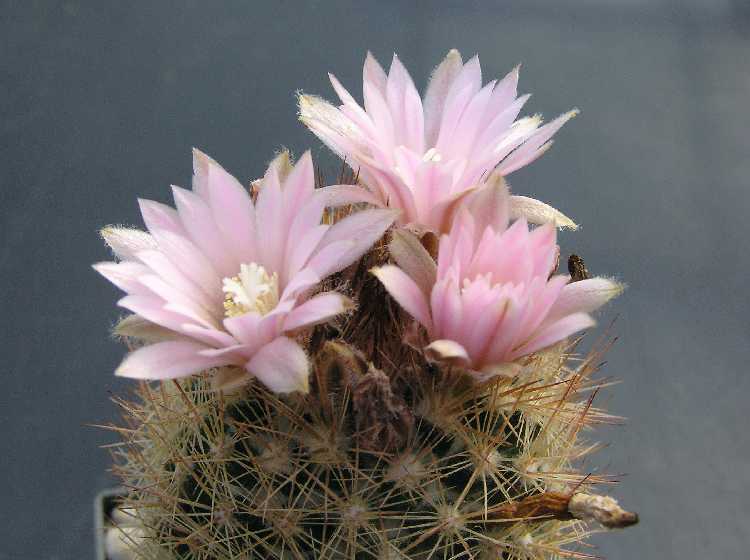 Fig. 1 - CC 1824 Esc. chihuahuensis subsp. chihuahuensis ? |
When I saw the first flowers a few years ago, I hesitated about the correctness of the name. Now I have got more
Esc. chihuahuensis subsp. chihuahuensis plants from different habitats and more Esc. tuberculosa
subsp. tuberculosa plants from habitats of Coahuila and Chihuahua, Mexico and Texas and New Mexico, USA.
CC 1824 form is in its features similar Esc. tuberculosa subsp. tuberculosa from the area of Jimenez,
also slightly more robust - approx. 5 cm in diameter, brownish stems, however, I cannot say, if the old tubercles
are going to lose the stems as well because my plants are probably still too small.
However, flowers of CC 1824 are identical to the flowers of Esc. tuberculosa subsp. tuberculosa.
They open about noontime, grow up from relatively young grooves at the crown and are larger than the flowers of
Esc. chihuahuensis subsp. chihuahuensis and are "light" purple. The flowers of Esc. chihuahuensis
subsp. chihuahuensis appear in slightly older grooves, open in the morning, are smaller and in darker
colour.
For a comparison - different plants of Esc. chihuahuensis subsp. chihuahuensis from different localities:
 Fig. 2 - Esc. chihuahuensis subsp. chihuahuensis Aldama, Chihuahua, Mexico |
 Fig. 3 - Esc. chihuahuensis subsp. chihuahuensis Cd. Chihuahua, Chihuahua, Mexico |
A collector passed to me the seedlings, whose seeds he was used to collect since 1980 near the road (old Mex 49)
between Escalon and Jimenez. At first I thought, that it might have been the Esc. chihuahuensis
subsp. chihuahuensis plants, however the stamp was high approx. 30 cm without the offshoots, with
any robuster and brownish stems, but the flowers and seeds were similar to the Esc. tuberculosa
subsp. tuberculosa plants. CC 1824 is similar to this plant.
However, what is common to the CC 1824 and to the plants from the Escalon - Jimenez road, as well as what
contradistinguishes them from the other plants of Esc. tuberculosa subsp. tuberculosa is the fact
that they do not flower from young grooves but from only slightly older areoles. Maybe it is only derived
from observations carried out on cultivate plants.
 Fig. 4 - Esc. tuberculosa subsp. tuberculosa the road between Escalon and Jimenez, Chihuahua, Mexico |
Nevertheless upon the opening of the flowers it is totally Esc. tuberculosa subsp. tuberculosa again.
In my greenhouse Esc. chihuahuensis subsp. chihuahuensis opens the flowers at 9 o'clock and Esc.
tuberculosa subsp. tuberculosa at noon. And therefore Esc. chihuahuensis subsp. chihuahuensis
is also closing the flowers approximately three hours earlier.
Da es in einem Jahr doch mindest zwei Blühperioden gibt, wird dies je nach Jahreszeit aber natürlich auch
je nach Kulturzustand verschieden sein. Ich habe leider verabsäumt dies genau zu dokumentieren, obwohl ich
nun drei Jahre das Verhalten von diesen genannten Pflanzen beobachte.
Both pictures depicted below are showing some Esc. chihuahuensis subsp. chihuahuensis and Esc.
tuberculosa subsp. tuberculosa at noon and in the afternoon.
The pictures of spines:
We can get a certainty when comparing the seeds - the seeds of CC are dark, the testa is deeply pitted and the seeds
of Esc. chihuahuensis subsp. chihuahuensis are lighter and the testa has large fleet (flat) pits.
The comparison of fruits of Esc. chihuahuensis subsp. chihuahuensis and
Esc. spec. CC 1824:
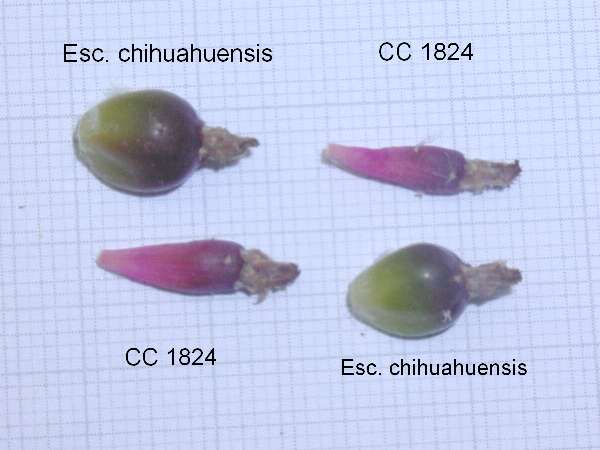 Fig. 17 |
I think that CC 1824 is an Escobaria tuberculosa.
I would like to ask all of those who are reading this for the opinion.
Translation by Jana Mynáøová
Contributions to this topic send please to the following e-mail address escobaria@atlas.cz .
A form to create a new discussion page - new discussion .

© 2002-2008 Jan Mynar
Last modified January 13, 2008


